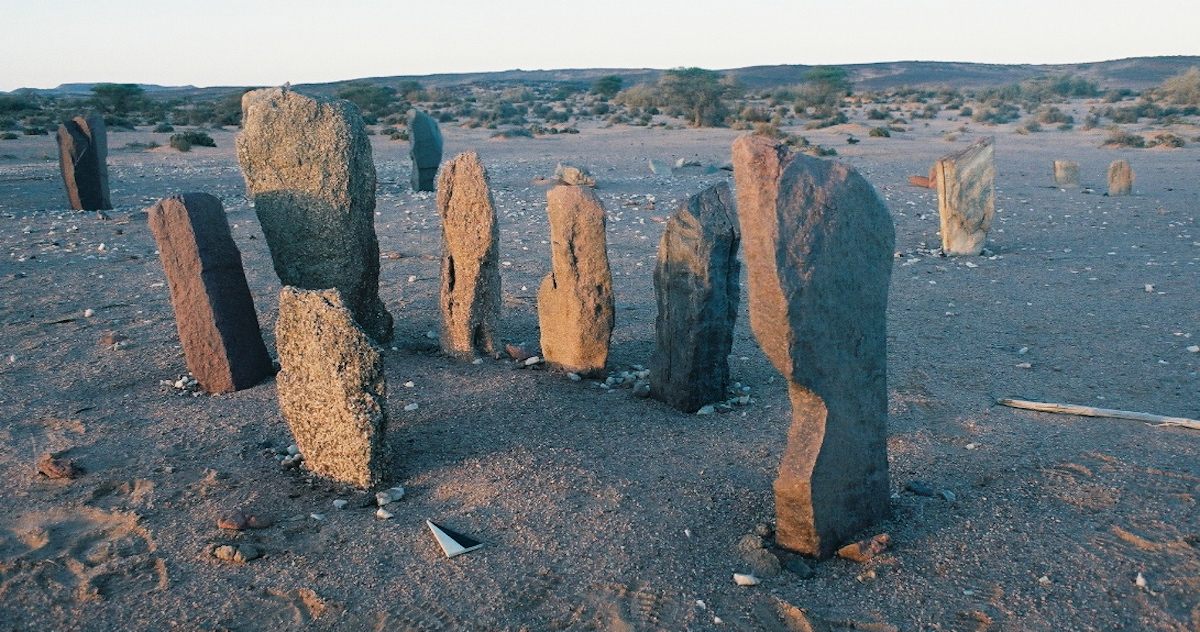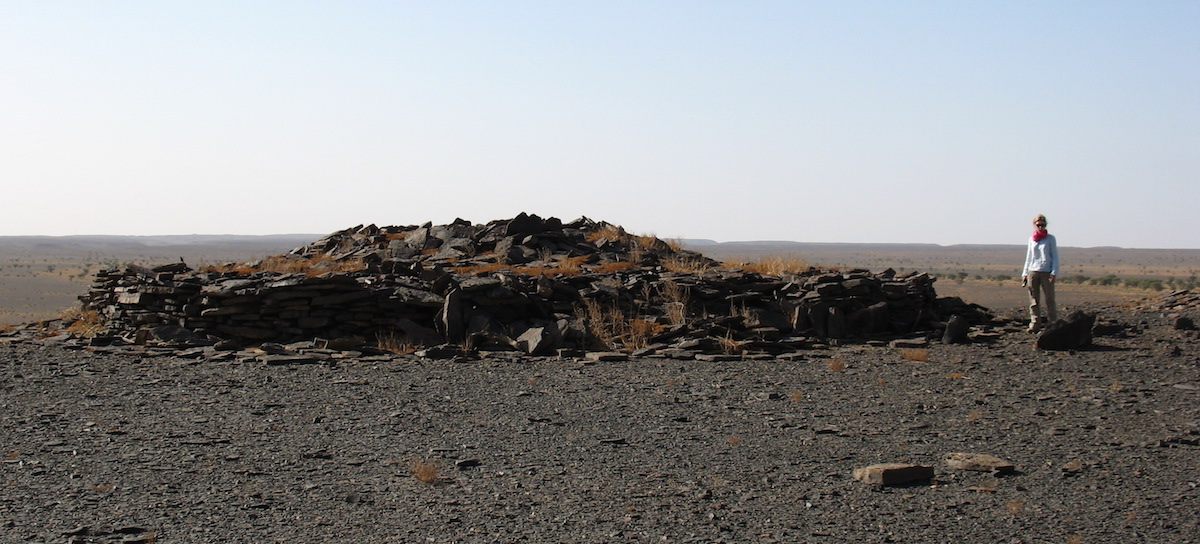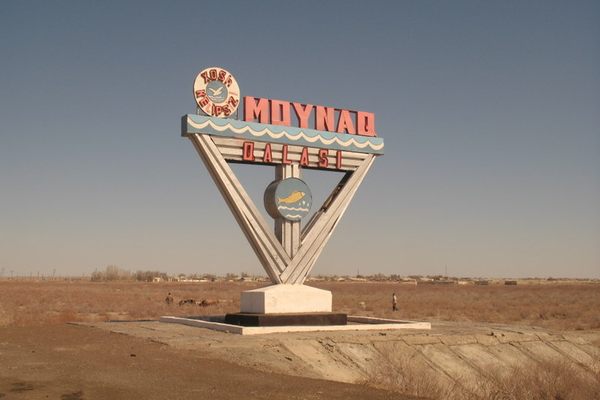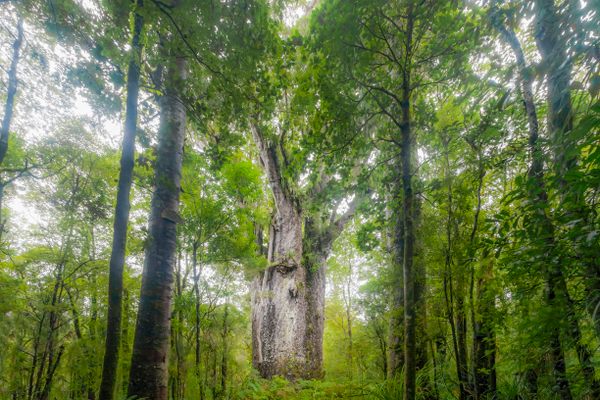Stone Monuments in Western Sahara Record How People Adapted to Shifting Climate
The encroaching desert meant lots of changes.

In Western Sahara, a disputed region on the northwest coast of Africa, there is a 3.5-square-mile plot of land that contains more than 400 ancient stone monuments—an incredible number, even for the Sahara, which “is absolutely full of stone monuments, usually located in places of particular topographical interest,” says Joanne Clarke, a specialist in prehistoric archaeology at the University of East Anglia. Clarke and Nick Brooks, an ecologist specializing in climate change, have been studying this area, just north of the village of Tifariti, since 2002 and recently published the results of their work, according to LiveScience. This remarkable collection of structures and landmarks dates from over 10,000 years ago to 3,000 years ago, and will help the researchers understand how people migrated into the region and adapted to the spread of the Sahara Desert.
The Tifariti area was once a natural basin, and as a water source in an region that was growing increasingly arid, it would certainly have been of interest to migrants thousands of years ago, from present-day Morocco, Libya, and Algeria to the north and what are now Mauritania and Mali to the south. “One of our theories is that as the Sahara dried in the mid Holocene—between five and six thousand years ago—this is one of the refugia, an area where water remained,” says Clarke. And where there was likely to be water, there were people. The variety of these monuments, archaeologists think, reflects the range of places from which these people migrated.

The largest structures are ziggurat-like burial mounds called bazinas. “They look like wedding cakes,” says Clarke, and can be up to 20 or 30 feet high and 60 feet in diameter—all to house the grave of a single person. Such structures were found farther south in Zoug, but smaller bazinas of the Tifariti area share their construction style, which archaeologists believe derives from the Central Sahara. Not all monuments are so impressive on their own, but were assembled in relation to landscape features, or to one another. One example is a group of 65 standing stones—none taller than thigh-high—surrounded by hills containing burial monuments, from which the stones are visible.
The researchers hope to continue gathering data, such as soil samples with pollen that might indicate when and where vegetation, and therefore water, lingered. Burial mounds containing more graves might provide evidence about what people ate, how healthy they were, and how they lived. But what they’ve studied so far already points to a couple of interesting conclusions about how people adapted to a changing world.
The Sahara desertified gradually over thousands of years, suggesting that slow environmental change can be managed through migration and adaptation, but that sudden change is much more difficult to contend with. The researchers concluded that surviving and adapting to climate change can be transformational for a culture. Nomads in the Western Sahara, for example, were once cattle pastoralists, chasing rainfall and following water sources. As these resources dwindled, they transformed their diet and lifestyle to become goatherders, because goats needed to roam less widely and could be raised around a semipermanent water source. It’s hard to say if there are lessons for us in adapting to future climate change, other than the idea that it may involve major shifts in location, diet, lifestyle, and so much more.














Follow us on Twitter to get the latest on the world's hidden wonders.
Like us on Facebook to get the latest on the world's hidden wonders.
Follow us on Twitter Like us on Facebook